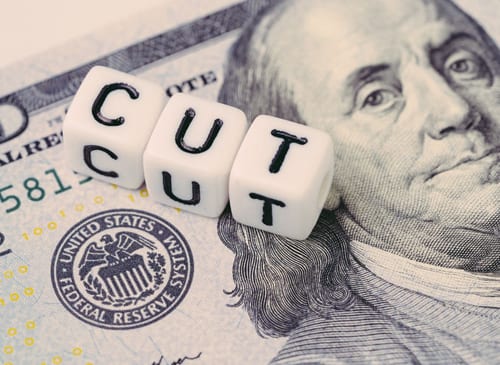Should you be offering cash discounts to your customers to encourage accelerated payment of your accounts receivable?
I still remember a conversation I had years ago with the leader of our customer service group. He wanted us to increase our division’s accounts receivable discount terms to match the other divisions within the company in order to make their job easier. Increasing the discounting term would’ve have removed almost 2% of our annual division’s earnings without any appreciable offsetting benefit, since we had ready access to cheap capital as an organization.
A quick education of discounting, standard discount terms of 2/10 net 30 means a 2% discount to a customer’s bill if customer pays in 10 days otherwise full amount due in 30 days. Another common term is 1/10 net 30 or 1% discount to overall bill if paid in 10 days otherwise full amount due in 30 days.
The annual percentage rate (APR) on these common discount terms is approximately 37% and 18% respectively.
A business needs to approach the concept of cash discounts much in the same way they would look at borrowing money from a lending source. Are annual APRs of 37% and 18% acceptable and would you borrow money at these levels?
Many businesses would shudder at borrowing money at those rates, yet they are extending these payment terms to their customers without considering the actual costs. Especially, when we live in a world where the prime rate currently hovers in the 5% range and short-term LIBOR rates are around 2%?
When it Makes Sense to Offer Cash Discounts
• A business has exhausted their traditional lending sources [high growth phase] or their risk profile if unattractive to the lending community and they are looking to get creative to free up capital without giving up control
• The current cost of capital within the organization is at a similar level to the APR associated with the discounting, such as at smaller publicly held companies the cost of capital can be 20%+ when factoring in the compliance costs that burden public companies
Most often apathy and inertia are the biggest reason for these discount terms persisting. Changing customer discount terms is often a difficult conversation with customers and most companies seek to avoid agitating their customer base. Customers will consider any reduction to discount terms as an effective price increase from your company.
Alternatives to Cash Discounts
In the long run companies would be much better served by strategically deploying a 1% to 2% price reduction, via a trade program associated with volume or customer performance metrics, that will result in increased sales and profits. Merely giving away significant discounts is not helping to further your business objectives and is a drug from which you must wean your customers.
Someday we may return to an environment where the time value of money is significant or credit access is severely restricted, but until that time the concept of cash discounts needs to end. If you need help developing a strategy and running the numbers around discounting or accounts receivable processes, reach out to learn how a Fractional CFO can provide guidance!






